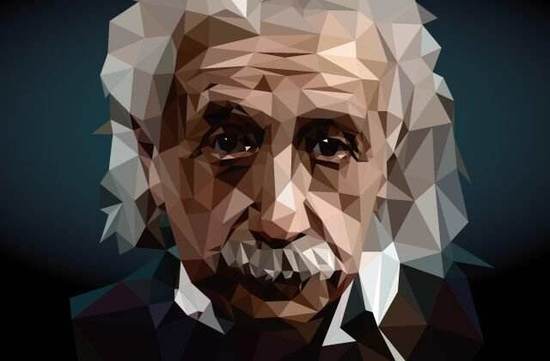(Original title: Japan uses deep neural networks to decipher human thinking artificial intelligence to approach the brain)

According to a news network report, foreign media claimed that Japanese researchers have succeeded in deciphering human thinking and imagination with the aid of artificial intelligence, and thus achieved major breakthroughs in understanding human thoughts and the underlying brain mechanisms.
According to the report of Argentina’s 21st Century Trends website on June 6th, breaking the content of human thinking is the long-cherished wish of the scientific community. In fact, all previous studies have also achieved deciphering what humans see, recall, imagine and dream.
For example, another team of Japanese scientists successfully recreated images acquired from human brain activity on a computer screen as early as 2008.
However, other previous studies including this study have encountered insurmountable obstacles because each individual's brain content has its own uniqueness, so it is very difficult to create a directory of mindsets.
According to reports, in addition, these models must be combined with a small number of pre-programmed images. This phase requires countless processing of long-term and high-cost image tests accepted by experimental participants.
However, according to a research report by Professor Kamiya Kikura of Kyoto University in Japan and his team recently published in Nature News, the arrival of artificial intelligence has clearly opened up a new path for research in this field.
His team found that artificial neural networks can be used to decipher and interpret human brain activity as understandable signals. Artificial neural network is a computer model built on the basis of laboratory-made neurons. It is similar to the way that human brain neurons operate.
According to the report, artificial neural networks use traditional algorithm techniques to create computer software that has the ability to understand and solve problems, and can interpret human thinking.
The basis of all this is the "deep learning" capability of artificial intelligence, which is obtained through the analysis of massive data.
According to the report, Japanese scientists have used a deep neural network (DNN) architecture to overcome the obstacles previously encountered in research relating to human thinking, dreams and imagination, and have obtained unexpected results.
“Our research confirms that the signal pattern of deep neural networks can be used to identify objects that a person sees or imagines,†Shengu pointed out. “The decoder gets the neural network model and compares it with the images in a large database. Yes, the success rate of identifying and thinking about objects in this way is very high."
According to the report, within the framework of this study, Japanese scientists also discovered that the ability of the brain's visual area to decipher the neural network is the strongest, thus revealing a homology between the human brain and the neural network made in the laboratory.
In the next step, God Valley hopes to improve the accuracy of interpreting human thinking. "Artificial intelligence will approach the brain science or will open the door for a new interface between the brain and the machine. We will be able to better understand human consciousness." He concluded. . (Compilation / Korean Super)
 燑br>
燑br>
Rolling Led Display,Tree-Shaped Led Display,Horn-Shaped Led Display,Waved Led Display
Shenzhen Apexls Optoelectronic Co., Ltd , https://www.apexls-display.com